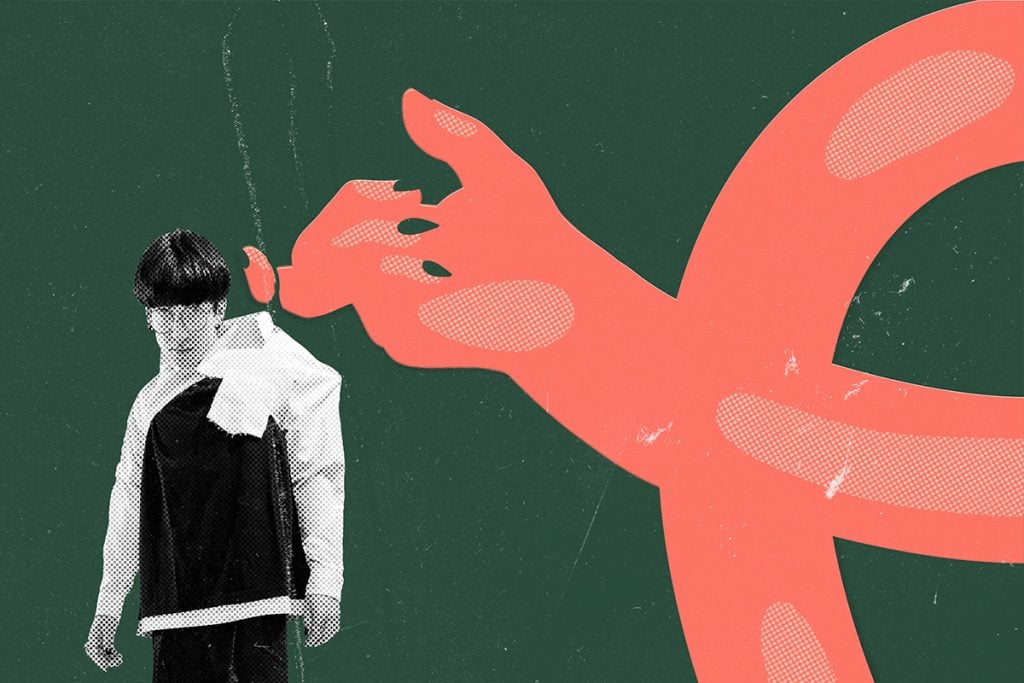
In recent years the C-Suite has expanded to include innovators, designers, marketers and other creatives. The 90s saw the rise of the Chief Marketing Officer as a crucial team member (a role that tech companies can’t get enough of today). More recently, designers are starting to rise to the executive level – see companies such as PepsiCo and Johnson & Johnson, both of which have set aside corner offices for Chief Design Officers.
So what’s behind the rise of the creative executive, and why should your company take note?
The Rise of Design Thinking and Leadership
We can thank design thinking for elevating creatives into high-level positions worldwide. What’s so great about it? Design thinking applies a solution-based approach to solving problems: it puts people at the center of every problem, ensuring that products, services, and solutions are specifically created for end users. The result is a better understanding of the consumer, more targeted solutions and innovative thinking unafraid to step away from old paradigms.
As design thinking has consolidated its presence in the workplace, design management and, subsequently, design leadership are the natural outcomes. Design management helps create, support and maintain a business environment that’s conducive to efficient, creative, impactful thinking. Design leadership is a complementary concept that takes design management to the next level, helping to define the future through a design lens and providing a roadmap that the design management can then implement.
The aim of design leadership is leadership that results in innovative, sustainable design solutions – ie, solutions that will resonate with the market both today and tomorrow.
Why Your Business Needs a CMO or CDO
Integrating design leadership into your company blueprint has real value. According to McKinsey, it’s good for your employees, your customers, and your P&L. If you’re wondering how a creative can do all that, it’s that today’s C-Suite level designers aren’t just creatives. Their work is backed up by sound strategy and business acumen.
Their skills are used to improve supply chains, deliver improved mobile payments and speed up product development: all things that deliver serious ROI while also speaking directly to consumers’ needs. The real difference that a creative member can bring to a C-Suite is that they know what’s good for your business – but also what’s good for your customers. A CMO or CDO can help define your approach not just to what you do, but also how you do it, folding in essentials such as sustainability, giving and customer interaction. When great user experience is the difference between passable results or delighting stakeholders and consumers alike, those details matter.
With a creative on board, your team can better define not just your products and services, but also your brand experience, ensuring that consumers remain central to everything you do. And that’s good for your bottom line.
If your C-Suite is missing a creative, it’s time to pull up a chair and bring an innovator, executive-level designer or marketing tight end into your ranks. Your business and your customers will thank you for it.
See Also:
Business Minded: Organizational Strategic Planning in 8 Key Steps
Time to go Big CEOs – How to Think Big Picture
Coaches and CEOs: Get Out of Your Comfort Zone and Ask Questions to Win

